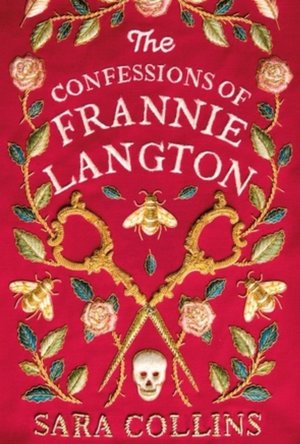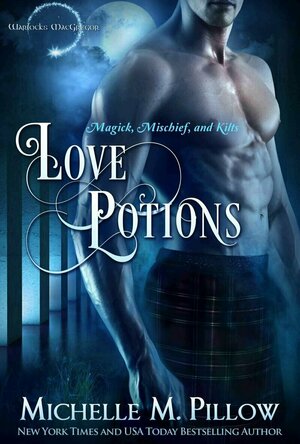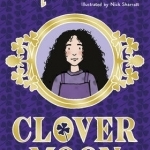Damned Without Cause
Book
William is an honest hardworking agricultural labourer with strong family values and thanks God for...

Going to Extremes: The Adventurous Life of Harry de Windt
Book
Harry de Windt (1856-1933) was a man who, by any standards, was a personality, a marked presence in...
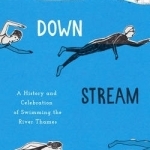
Downstream: A History and Celebration of Swimming the River Thames
Book
Stretching 215 miles from its source in Gloucestershire, through England's capital and across to the...
Zoe Nock (13 KP) rated The Confessions of Frannie Langton in Books
Jun 26, 2019
Sometimes a book just grabs you from the beginning, something tells you that treasure lies here. I felt that within a few paragraphs of The Confessions of Frannie Langton. Sara Collins prefaced the novel with an explanation of her enjoyment of stories from Georgian/Victorian era but also her disappoint that she didn’t feel represented in the literature from that time. Her love of literature and that lack of inclusion drove her to write a novel that filled a gap, filled a need for women like Frances Langton to have a voice.
And what a voice! The author embodies Frannie so well. The first thing that struck me was that Frannie’s voice shone through immediately. She sounds so authentic, within a few lines you are engaged and intrigued. So much of the prose is beautiful and evocative, truly poetic. Sara Collins describes the people and places so deftly, you sense the weight of a sultry Jamaican plantation and the drabness of a grey London suburb. You can almost taste the boiling sugar cane and fall under the sway of the delicious, devilish ‘Black Drop’. It’s difficult to read this book without imagining a BBC period drama, it really would make a good screen adaptation. There is no doubt that Collins is a gifted and accomplished writer, a weaver of words both seductive and threatening. I really enjoyed this novel and would like to read anything new from Sara Collins.

Home Design Story
Games
App
Design, decorate, and personalize the home of your dreams with the #1 FREE home design game! Cozy...
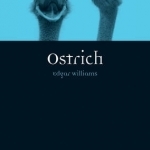
Ostrich
Book
In many senses the ostrich looms large - the tallest and heaviest of any living bird, a fully grown...
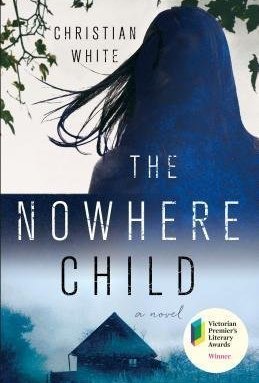
The Nowhere Child
Book
Winner of the Victorian Premier’s Literary Award, The Nowhere Child is screenwriter Christian...
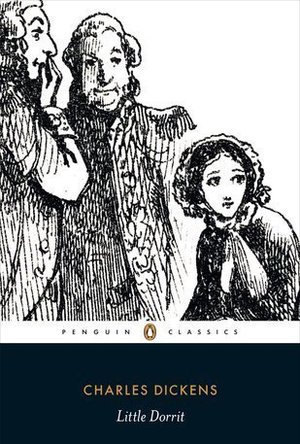
Little Dorrit
Book
A novel of serendipity, of fortunes won and lost, and of the spectre of imprisonment that hangs over...
Merissa (13508 KP) rated Love Potions (Warlocks MacGregor #1) in Books
Jul 5, 2023
Well, she did, but I didn't. I love this author but I only found this book to be okay. Whether it was the whiplash changes of feelings, to the "I'm looking in his eyes so I can't think," or the multitude of clan members that seemed to roll into one, or even stupid behaviour. It was just too much crazy chaos for me.
The world-building was good, giving the reader insight into how the warlocks 'paid' for their magic. I didn't really see much character-building though. They just... were, and that was that.
If you like Urban Fantasy and/or Rom-Com, then you will probably love this book. For me, I enjoyed it but I won't be continuing with the series.
** same worded review will appear elsewhere **
* A copy of this book was provided to me with no requirements for a review. I voluntarily read this book; the comments here are my honest opinion. *
Merissa
Archaeolibrarian - I Dig Good Books!
Jul 5, 2023
Hazel (1853 KP) rated Clover Moon in Books
Dec 7, 2018
Although now in her seventies, the Nation’s favourite children’s author, Dame Jacqueline Wilson, is continuing to write after surpassing one hundred novels. Many children (mostly girls) grow up reading her stories, myself being amongst that number. Even my sister, who hated reading, purchased a number of her books. It has been well over a decade since I last read a Jacqueline Wilson, however after seeing her latest novel was available for review, I thought I would give it a go.
<i>Clover Moon</i> is set in poverty-stricken Victorian London, where eleven-year-old Clover, the eldest of six siblings, lives with her father and stepmother. Like many stepmother’s in children’s literature, Clover’s treats her like a slave – a position she is destined to stay in unless she gets a job in a factory. With no school to attend, Clover becomes a second mother to her younger brother’s and sisters, yet nothing can prepare her for the devastating impact a wave of Scarlet Fever brings. With only an old doll maker who cares about her, Clover is desperate to get out of her situation; so after a chance meeting with an artist who tells her about a home for destitute girls, Clover decides to seek out the help and life she deserves.
Although only eleven, Clover has the responsibilities of someone of a more mature age. It is hard to imagine sending a child out to work, or trusting them to look after a newborn baby. Children reading this book will learn the difference between their lives and the life of a child in the 1800s.
As always, Jacqueline Wilson gives her main character a happy ending – although in this instance it still remains a bit uncertain. Despite the horrible circumstances, Wilson manages to pump her story full of enthusiastic optimism, thus portraying Clover as a strong, determined heroine.
Most of Jacqueline Wilson’s earlier books were set in the present day; there were still unhappy situations, but the settings were based on ideas the reader would be familiar with. In the case of <i>Clover Moon</i>, unless children have been educated about the poor in Victorian England, it is unlikely that they will be able to fully comprehend Clover’s predicament. As a result, the book is more suitable for young teenagers than the usual target audience of eight to twelve year olds.
Comparing my memories of Jacqueline Wilson books I read as a child with her latest publication, <i>Clover Moon</i> felt like something different; a new direction. As I have not read any of her work between the early 2000s and now, I am not sure when this change occurred, but it feels as though Wilson is delving deeper into her main character’s thoughts and feelings, and creating a more insightful storyline. On the other hand, I may simply be more intuitive as an adult than I was a child.
Although <i>Clover Moon</i> did not turn out to be the style of writing I was expecting I thoroughly enjoyed it. In fact, this difference made it possible to distance myself from the author’s renown, and treat it as an individual story. Clover is an admirable character who, through her narration, provides both an entertaining story and brief historical education. Fans of Jacqueline Wilson will not be disappointed with this latest publication; and if you are a new reader, <i>Clover Moon</i> is a great place to start.

